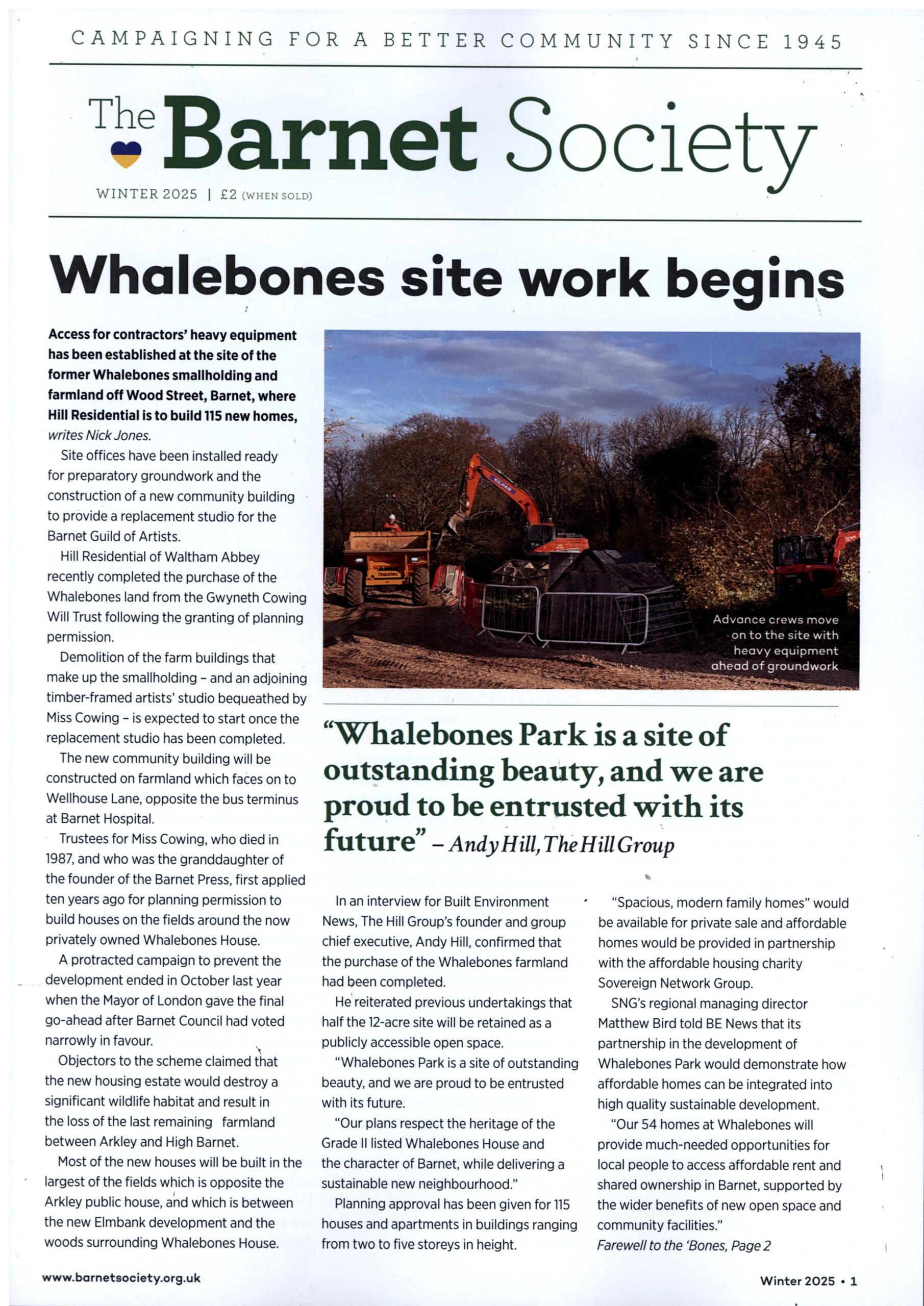Rainwater harvesting: Is new water butt at Byng Road environment centre the biggest in Barnet?
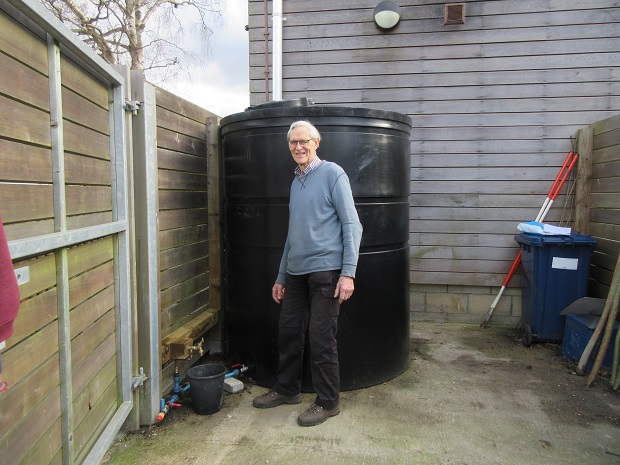
Saving rainwater is becoming ever more important in the face of global warming and our unusually dry summers…so Barnet Environment Centre in Byng Road has installed a giant water butt to capture and store all it can.
A 4,000-litre storage tank – purchased with the help of a community grant from Waitrose supermarket in the Spires – will now make sure there is enough stored water to top up the centre’s four wildlife ponds and to water new trees and plants.
“Rainwater is so beneficial for our pond life and vegetation, and it means we can reduce our use of mains water, so there is a real environmental payback,” said Dr Tony Pearson who devised the storage system.
“We know there is an increasing shortage of water in Hertfordshire and North London, and we hope to show to the wider community what can be achieved by investing in rainwater harvesting.”
In dry summers the centre needs to top up its four ponds which are one of the most popular attractions when school children tour the nature reserve and are shown the centre’s array of trees and plants.
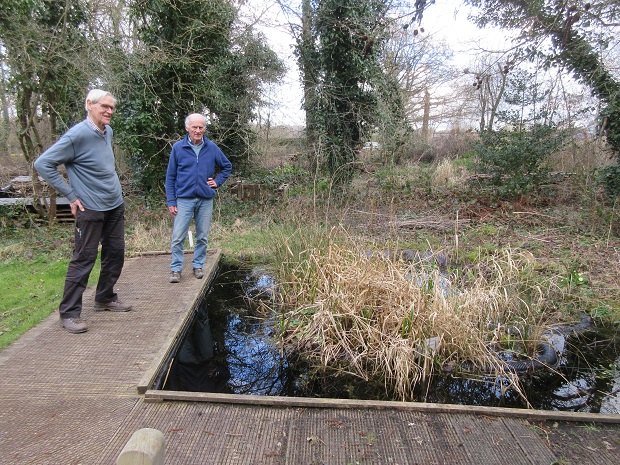
School visits have just resumed for the spring and summer, and the first group — a party of 30 seven-year-olds from Hatfield — were fascinated to try their hand at pond dipping, said Dick Elms, one of the centre’s trustees (above right, with Dr Pearson).
“We let the children scoop into a bucket what they can find in the pond and then they take it to our outdoor laboratory area where they can identify what specimens they have found before making sure they are returned safely to the correct pond.”
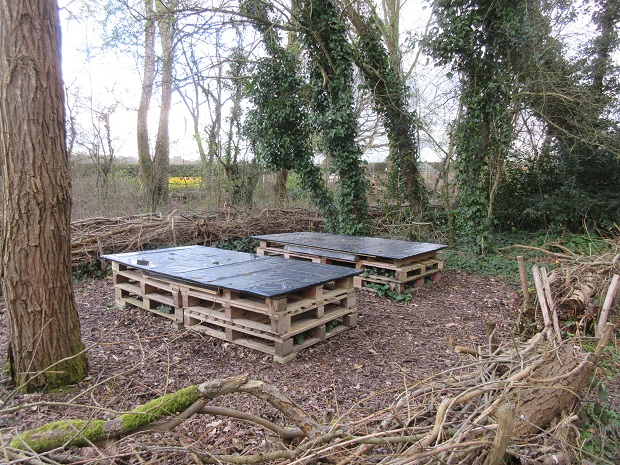
The laboratory working areas – created out of wooden pallets and topped with plastic sheeting – are at an ideal working height for children.
“The children from Hatfield were fascinated to find in their trays two types of newts and some water snails and as the spring progresses there will be much more to see – water boatmen as well as the nymphs of dragon fly. We even get leeches in one of the ponds.”
Dr Pearson, who helps to maintain the ponds, said that by eliminating tap water they hope to make them even more attractive to invertebrates and other wildlife.
One of the features which he has created are small floating rafts of plants. “Water creatures can go under these rafts, into the roots, and this provides an ideal habitat, but we do have to work hard to ensure the water is always of the right quality.
“The trouble with using tap water is that it contains nitrates which encourage green algae and duck weed. This can end up with weed blanketing the surface of the water which can deprive aquatic life of oxygen.
“Another bonus from switching to rainwater is that it is better for saplings and young trees as the phosphates in tap water tend to inhibit fungus growth.”
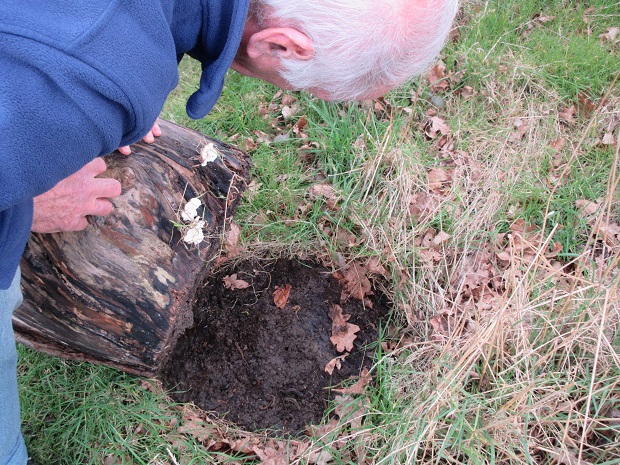
Another popular attraction for children is the environment centre’s hibernaculum – a specially created hibernation zone for newts, centipedes, millipedes, beetles, worms and so on.
Upended sections of tree trunk placed over the ground provide plenty of protection from frost and predators.
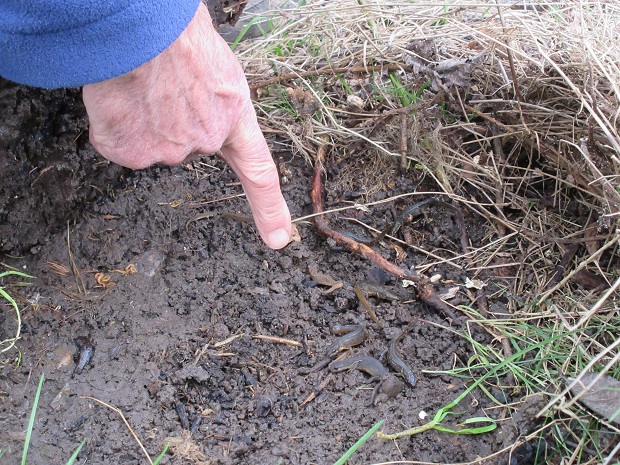
Mr Elms says the success of the hibernaculum reflects the strong biodiversity of the nature reserve. He pointed out small newts – some only 2cm long – which had taken refuge under the tree stumps.
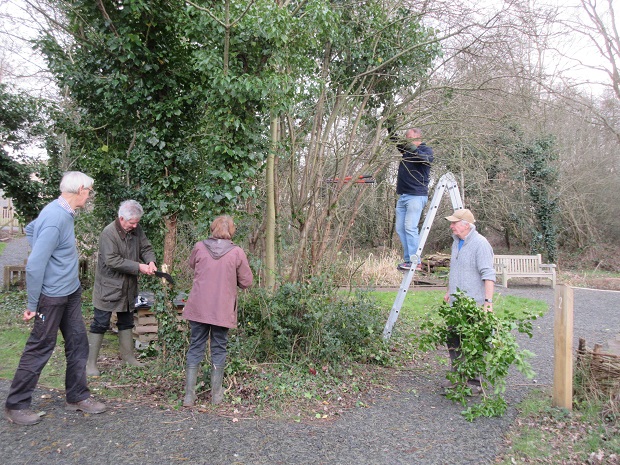
Every Monday afternoon working parties of volunteers – often of ten, 15 or even more – are busy cutting back undergrowth where it might impede access round the nature reserve.
A rubberised footpath around the perimeter was installed last year and it allows wheelchair users and people with disabilities and limited mobility the chance to visit a highly popular nature trail.
The nature reserve is part of the Noah’s Ark Children’s Hospice and the new perimeter path – together with a new children’s sensory walk within the hospice’s enclosed garden – have both been funded by a donation from the Hadley Trust.
Offering safe and easy access, the path has seven pause and ponder points with benches where people, children and carers can sit and enjoy highlights such as the whispering wood or the four ponds with their wide range of invertebrates.

